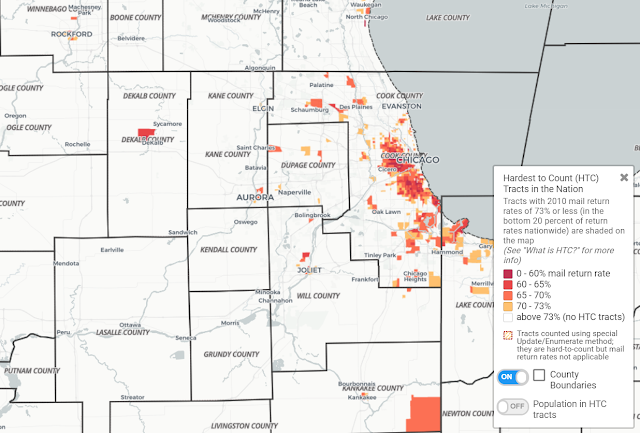Illinois Civics Courses Changing Classroom Practice and Producing Strong Student Outcomes

by Shawn P. Healy, PhD, Democracy Program Director Since the debut of the #CivicsIsBack Campaign in 2016, we have provided periodic updates on our progress. The primary intent of the Campaign is to support teachers, schools, and districts throughout Illinois in implementing the new high school civics course requirement and related, revised K-12 social studies standards . To measure our progress, we partnered with the Center for Information Research on Civic Learning and Engagement (CIRCLE) at Tufts University, and have previously summarized their findings on the impact our interventions have had on teachers participating in our professional development, plus the fidelity by which teachers, schools, and districts are implementing the law . Core to our campaign are Illinois Civics Teacher Mentors , veteran educators representing the state’s 38 Regional Offices of Education outside of the City of Chicago. Teacher Mentors have received extensive professional development from th...




